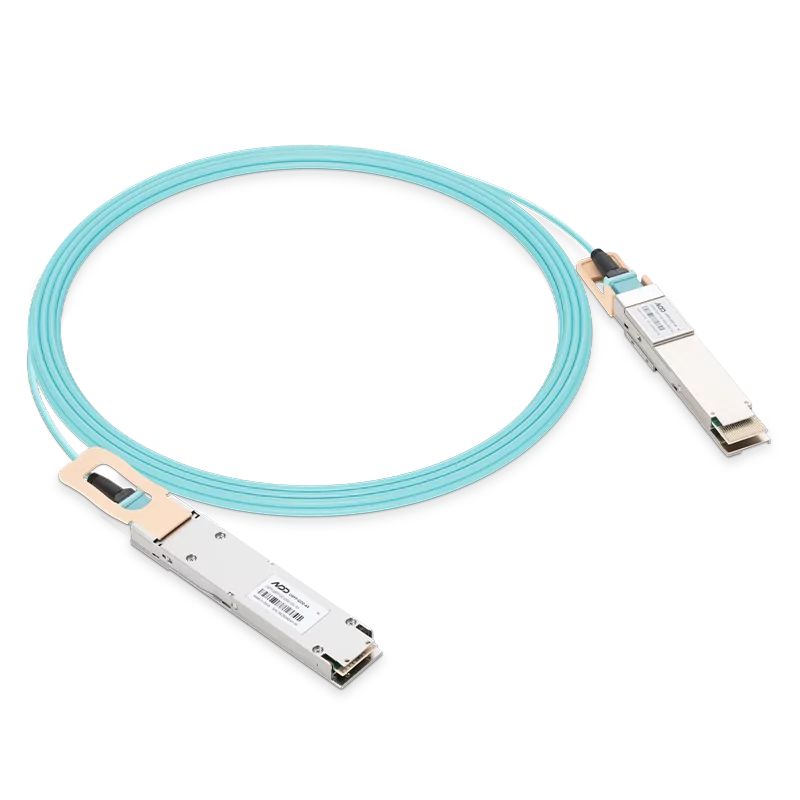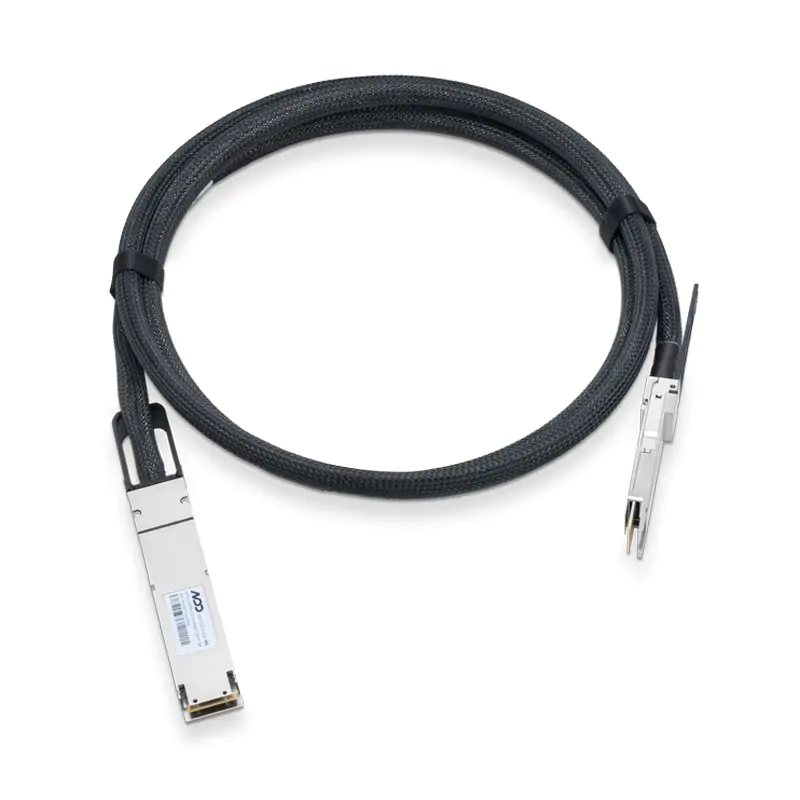Find the best fit for your network needs

share:
 800GBASE-2xSR4 OSFP PAM4 850nm 50m MMF Module
800GBASE-2xSR4 OSFP PAM4 850nm 50m MMF ModuleLearn More
Popular
- 1Understanding the 400G DR4/DR4+ and FR4 Optical Transceivers
- 2Advancements in Optical Interconnects: Enhancing Data Center Network Efficiency
- 3In-depth Analysis of 400G SR8 Optical Transceiver
- 4The Key Role of High-quality Optical Transceivers in AI Networks
- 5Common Problems While Using Optical Transceivers in AI Clusters












































